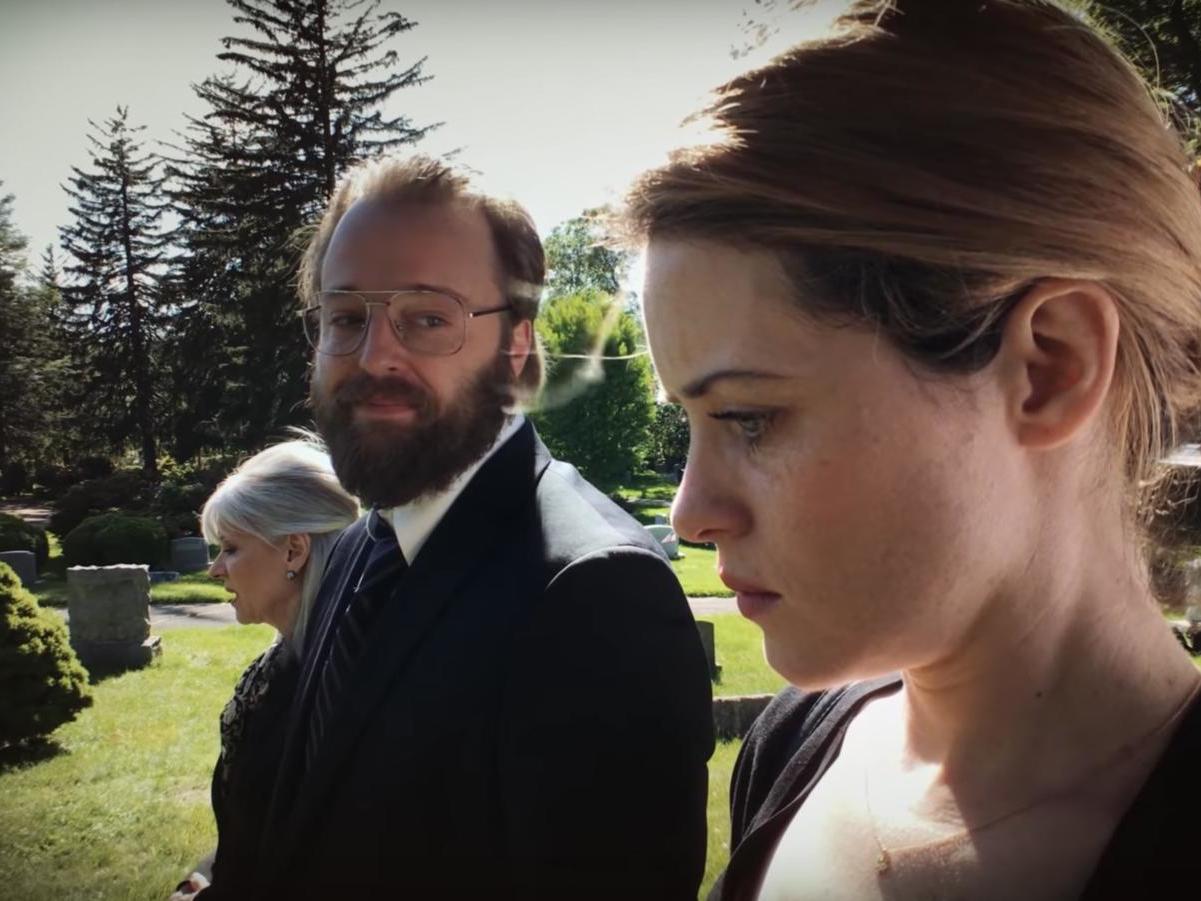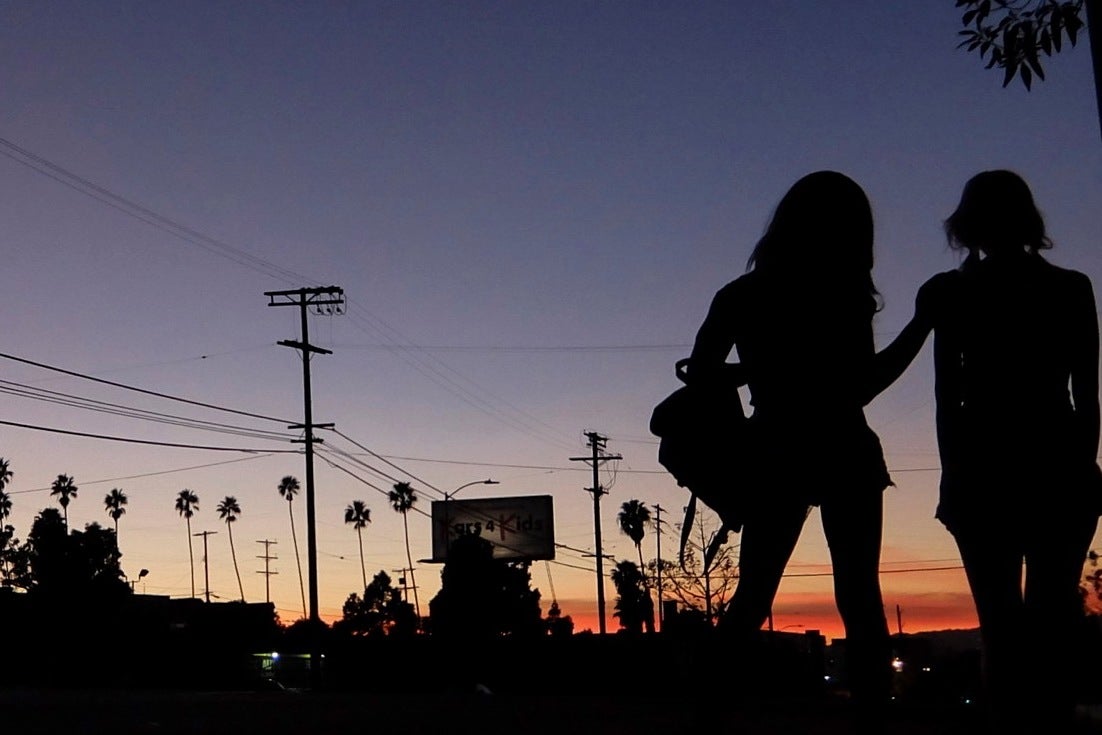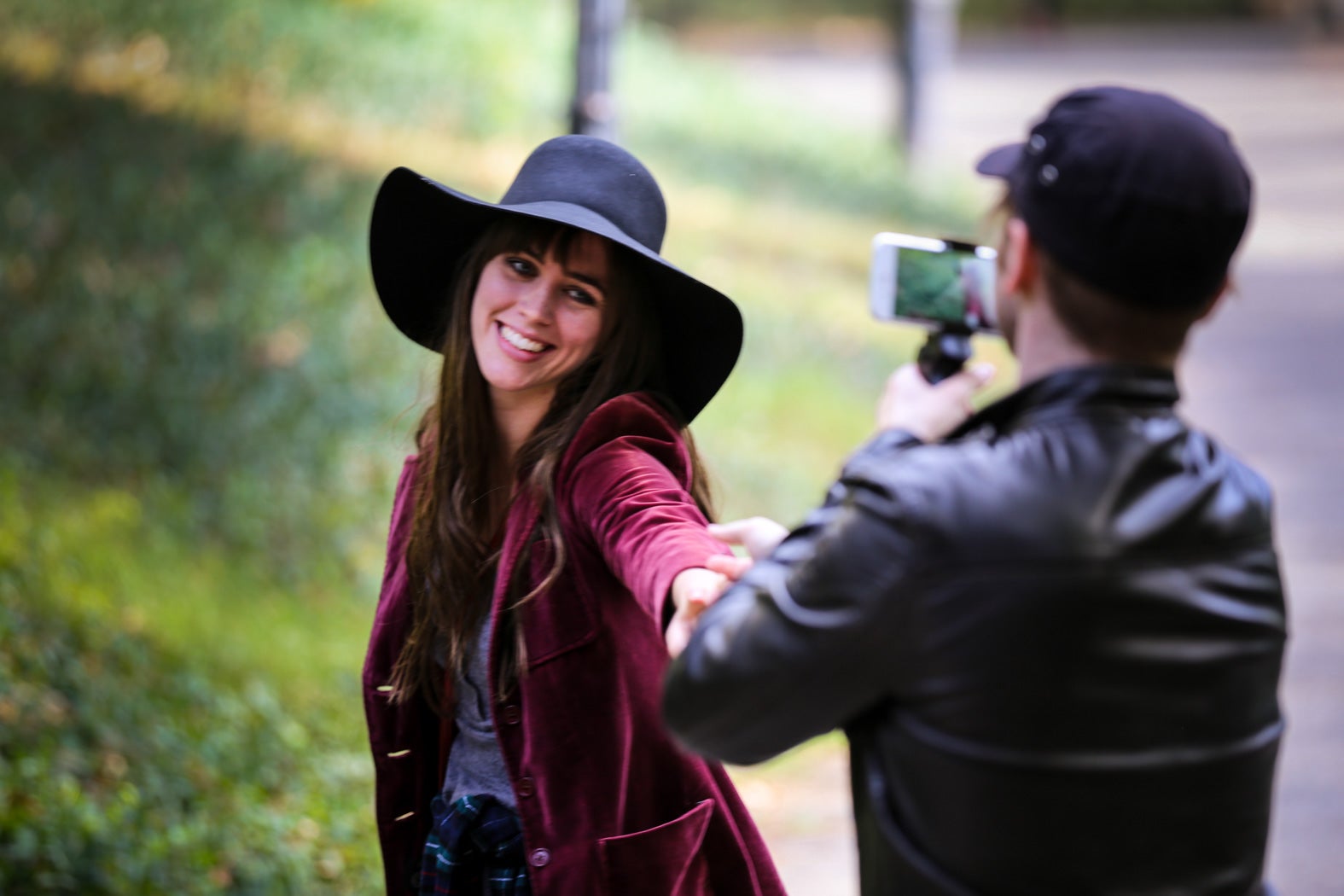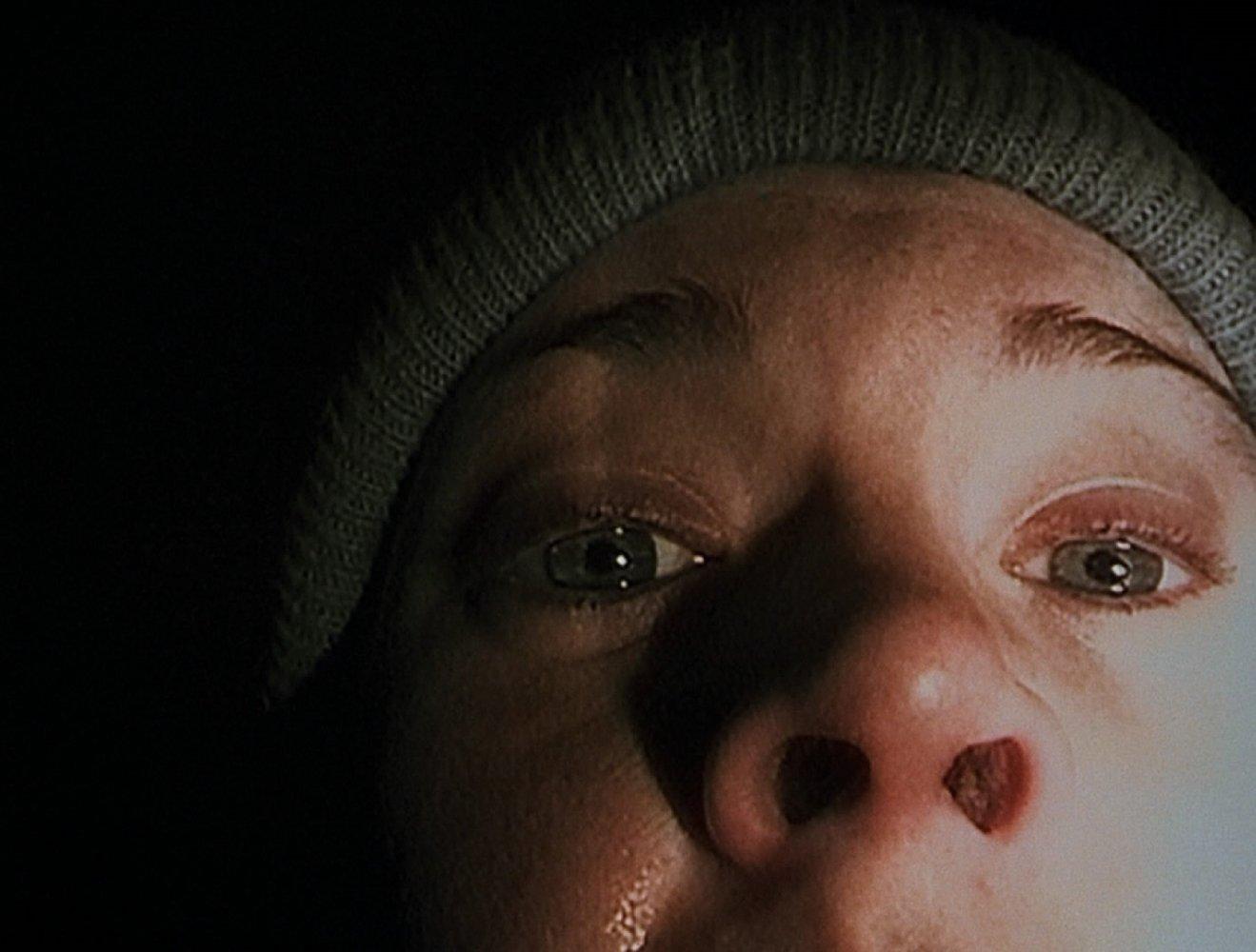How to make a Hollywood film with just the phone in your pocket
We’ve all heard about people shooting a hit feature on a smartphone, but can you really do it and, even if you do, will anybody want to watch it? Steven Cutts reports


In the spring of 2019 I flew into Cannes ready for what was to become my third trip to the eponymous film festival. Stepping off the plane with my usual heady optimism, I agreed to share a taxi from the airport with an eager young filmmaker from India. Raj had just shot a feature-length documentary on an iPhone XS and neither of us had any money. Chatting on the back seat, I wished him luck, assuming he wouldn’t get anywhere. Two or three days later I bumped into him again, this time at the Marche Du Film. He had just sold his documentary for $90,000.
And that got me thinking. Maybe we’re too hung up on the actual kit. We’ve all heard about people shooting a hit feature on a smartphone, but can you really do it and, even if you do, will anybody want to watch it?
In fact, it is possible and it’s already been done: 2015 was the breakthrough year for smartphone movies, with the alternative feature Tangerine being shot entirely on an iPhone 5S. These days, the 5S sounds a bit basic, not to mention outdated, but at the time director Sean Baker managed to secure a cinematic release. I remember watching it in London with a bunch of wannabe directors, all of them convinced they could shoot on a smartphone.
“Smartphone filmmaking is here to stay. Not only for quality filmmaking, but as a distribution device. New filmmakers, as well as the veterans, are embracing the movie studio in their pockets,” says Elliot Grove, founder of the Raindance Film Festival.
But is he right? These days, almost anyone with a smartphone and their own laptop can produce their own 90-minute feature. So, why don’t they? More to the point, why don’t the likes of Sam Mendes and the BBC abandon their bloated budgets and start shooting stuff on the cheap?
Quite apart from the technical ability of your team, micro-budget filmmaking is an art form and the only way to get a handle on the thing is to give it a go.
A penchant for lateral thinking is useful too. The budget for Tangerine was just over £100,000 but it focuses on an unusual and eye-catching theme; namely, a group of transvestite prostitutes in Los Angeles. Movies are as much about voyeurism as they are about story and in Tangerine, the world that we are asked to observe is so rich in colour and life that the director is able to distract us from the obvious weaknesses of the shoot.
Like, for example, the near-complete absence of money. Low-budget movies rarely come with a “known name” and there isn’t a lot of action. The successful budget filmmaker is some sort of alternative magician who thrills his audience with a moving wand and an overly glamorous assistant, disguising the fact that he has no magical powers.

In addition, one has to recognise the limitations of your equipment. Camera phones have a fundamental problem with depth of field, they don’t do well in poor light and, if you want to shoot anything substantial, they’re short on memory.
That been said, very low-cost filming does have an upside. Suppose you want to make a movie about a very difficult topic, like, for example, child sexual abuse; with a smartphone, you can start filming in the morning. Needless to say, few people in Hollywood will try to challenge you on that one. But be warned, the people in Hollywood aren’t quite as mad as some of their detractors suggest. There are reasons why the most successful filmmakers in the world promote some issues and neglect others.
Smartphone filmmaking is here to stay. Not only for quality filmmaking, but as a distribution device. New filmmakers, as well as the veterans, are embracing the movie studio in their pockets
Romance in NYC was shot on an iPhone 6 and released a year before Tangerine. Director Tristan Pope found the camera perfect for a small, intimate movie. The absence of bulky equipment allowed him to shoot and travel in ordinary, unprepared locations with the simplicity of a smartphone proving to be a liberation. With this in mind, it’s probably worth putting some thought into genre before you even start writing and from a commercial perspective, it has long been recognised that the single most reliable genre is horror. Plenty of top directors made their mark in horror and it’s a tradition that isn’t going anywhere fast. Like romantic comedy, horror could lend itself to a smartphone shoot but so far this hasn’t happened.
Smartphones also have a problem with professional credibility. The forthcoming British horror film Heckle was shot on a budget that would have been seen as modest in Hollywood, but they can still be bothered to fork out for Steve Guttenberg in the lead role. When I visited the set, I noticed that they were shooting on the Alexa, a full-scale, professional camera. They could have saved resources on the technical side but when I watched the rough cut, I could see why they didn’t.

Remember also that the mere presence of this kind of camera can have an impact on some of the actors. How, for example, would an established Hollywood star such as Guttenberg have reacted if he’d had to face a tripod off eBay with a smartphone tacked on the side? Of course, this may be a form of snobbery and it’s not inconceivable that within a few years tiny handheld cameras will be the norm on big-budget sets. But at this stage and in combination with professional lenses, a camera like the Alexa can still conjure up a far more striking visual than the smartphones of this world. Nevertheless, smartphone movies are getting noticed in spite of the fact that the image is substandard, not because of it.
Martyn Pick, the director of Heckle, used some phone footage during his work on the recent documentary Coup 53, although the footage was heavily painted. But for Heckle, he was looking for a lush Italian Giallo (horror) style and just didn’t believe he could have captured the imagery without using the Alexa. That just goes to show that being a filmmaker is also about getting on with it. If you sit around waiting for everything to be perfect, you’re likely to be disappointed.
If you aren’t connected and you haven’t got cash to throw around, a micro-budget shoot is as good a way as any to get your foot in the door. When I first met him in Cannes, the British actor and filmmaker James D’Val made this observation: “It’s full of 39-year-old guys trying to make their first film.” He’s right. Filmmaking is about more than waiting for meetings and praying for outside help. There comes a point when you’ve got to stop talking and get on with it and that’s what a lot of people are now doing.
Some would argue that the craze for micro-budget features began as far back as 1999 when The Blair Witch Project was shot for $60,000 and managed to pick up $250m worldwide. But the producers behind Blair Witch played other cards too. The movie was shot on a Hi8 Camcorder, which seems primitive by modern standards. Other footage was shot on 16mm celluloid. Blair Witch pretended to be a movie that had been constructed from real footage that had been recovered in the wilderness at the scene of a supernatural event. The audience effectively forgave the filmmakers for some pretty shoddy, very grainy images that barely made any sense and that were heavily reliant on improvised dialogue. It’s a tradition that continues to this day and played a big influence on the likes of Cloverfield.

Finding an audience for a micro-budget project is harder than actually shooting it. A few years ago, I succeeded in completing my first feature film Adieu Marx which we shot on a Canon 7 with decent lenses and a very professional cinematographer. When I saw the final cut, I decided to fly out to Cannes and try to sell it. But the guys in the Marche Du Film just weren’t buying it, glazing over in mid-conversation and making their point clear: “We can’t sell romantic comedy without a known name.”
Needless to say, a very low-budget shoot won’t have a known name – they handed back my DVD without even checking the front cover. That doesn’t mean that Adieu Marx was a failure. For a movie shot in under three weeks, we found a sales agent (eventually) and it’s done reasonably well as a download, but with hindsight, we were never going to get a cinematic release without a known name in the cast list.
And it gets worse. The elimination of celluloid has opened up the entire field. There are wannabe Steven Spielbergs all over the place and more film festivals than there are days in the year. Trying to stand out from the crowd is getting harder and harder.
On the set for Adieu Marx, I was more than conscious of the weaknesses in our project – at times the weaknesses seemed impossible to hide. Our editor, Nick Gilberg, was able to put together a surprisingly professional-looking end product where every moment of bad acting, bad writing and bad directing was successfully wiped from the screen. Doubtless, your average big-budget production suffers from exactly those problems, but for the uninitiated, it’s difficult to comprehend that film editing is more than a technical process; it’s as much art form as craft and not all of us have been born with the same degree of talent. I keep trying to get Nick back in on my next project but he went on to be so successful that we couldn’t afford him anymore. There’s a reason that some people get paid more than others for doing the same job.
The 2018 Steven Soderbergh film Unsane was shot on an iPhone and achieved convincing reviews. To some in the camera hire industry, it must have seemed like the writing was on the wall for the Alexa but when you look at it in more detail, it’s a different story. Soderbergh, an established filmmaker and a known name in Hollywood, has openly spoken of the sense of liberation that comes with shooting on an iPhone – but there’s a plenty of good digital cameras that are becoming dirt cheap. Soderbergh isn’t using an iPhone because he can, he’s using it because it’s chic.
There’s a nice little sketch by Degas in the National Gallery in London. It shows a naked woman emerging from a bathtub and it can’t have taken him more than one afternoon to complete. If you look in the corner at the explanatory plaque, you can find out the medium: pastel on packing case. Sure, the impressionists weren’t particularly feted in their own time, but it’s still quite telling. Don’t make the mistake of thinking that the ingredients are the thing that makes an art form great. At the end of the day there’s only one shot in Tangerine that came across as substandard and there’s a lot more to filmmaking than big bucks, special effects and soaring egos. New tech has opened up the market and it’s there for the taking.
Join our commenting forum
Join thought-provoking conversations, follow other Independent readers and see their replies
Comments